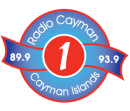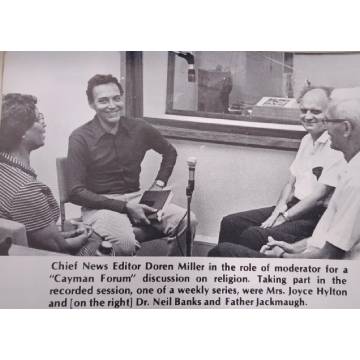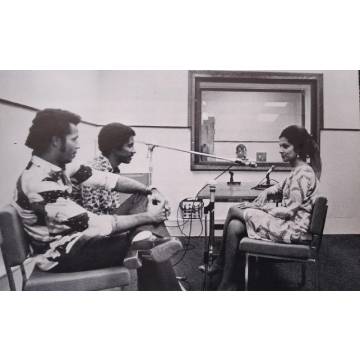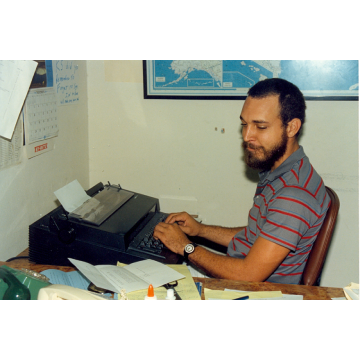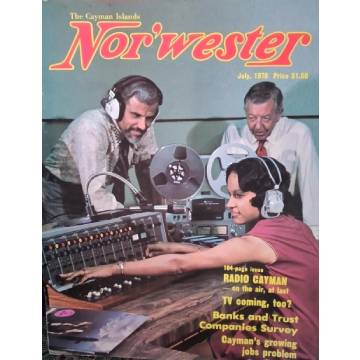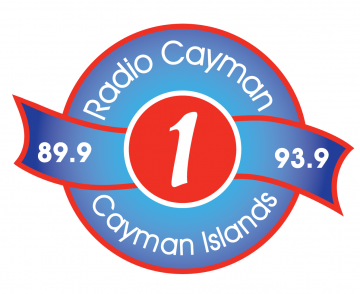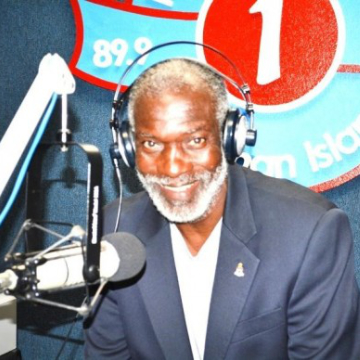News
The Civil Aviation Authority of the Cayman Islands clears Boeing 737 MAX for return to service

The Civil Aviation Authority of the Cayman Islands (CAACI) has announced that it will allow the Boeing 737 MAX to operate passenger flights, subject to close oversight. The ban on the aircraft operating in Cayman Islands’ airspace has also been removed. The changes come into effect on 27 January 2021. This follows similar decisions by the US Federal Aviation Administration (FAA), the UK Civil Aviation Authority (UK CAA) and the European Union Aviation Safety Agency (EASA).
The decision follows the approval of extensive modifications to the design of the aircraft, to how it is flown, and to pilot training. This includes modifications to the aircraft’s Maneuvering Characteristics Augmentation System (MCAS), as well as other key safety changes aimed at preventing further accidents.
The removal of the airspace ban will allow foreign operators of the aircraft to fly into Cayman Islands’ airspace. All airlines, however, will need to go through the necessary steps to return the aircraft to service, including pilot training.
The aircraft was grounded following two tragic accidents (Lion Air Flight 610 on October 29, 2018 and Ethiopian Airlines Flight 302 on March 10, 2019). The UK, including the Overseas Territories (OTs), was one of the first countries to act, preventing the aircraft from using its airspace.
The US FAA is responsible for the initial type certification (approval) of the Boeing 737 MAX, as it is manufactured in the USA. The CAACI has based its decision to allow a return to service on detailed information from the FAA, EASA, Boeing and the UK CAA.
The CAACI is working with Cayman Airways, currently the only operator of the aircraft in the territory, as it safely returns the Boeing 737 MAX to service. Prior to this, we will undertake a full review of the airline’s return to service plans including its pilot training programmes and implementation of the required aircraft modifications.
